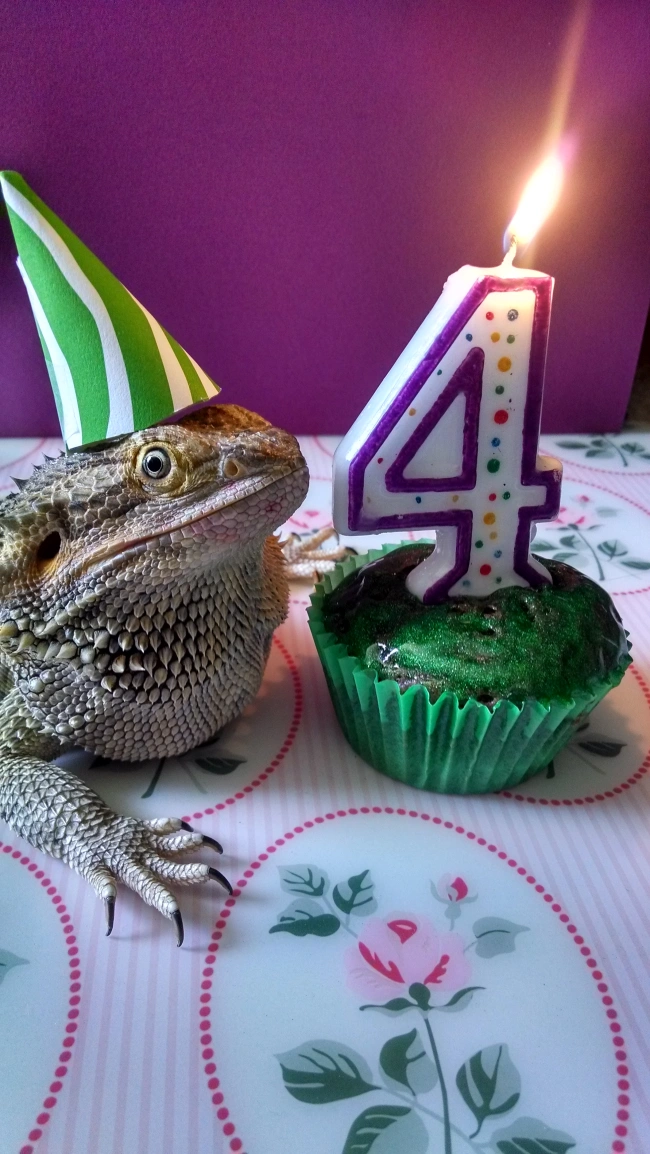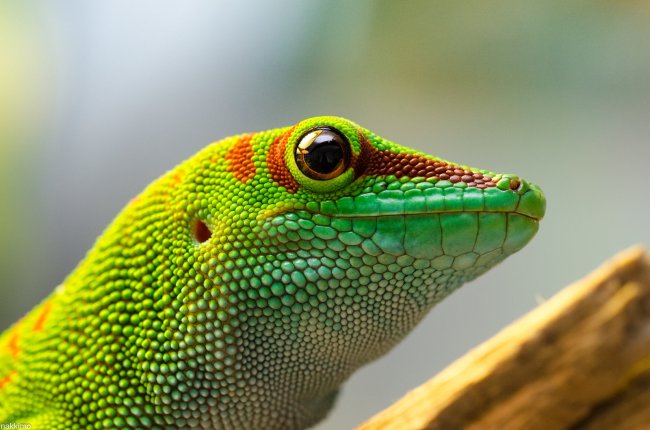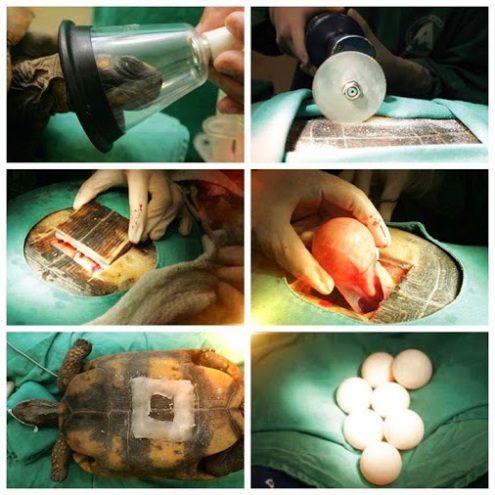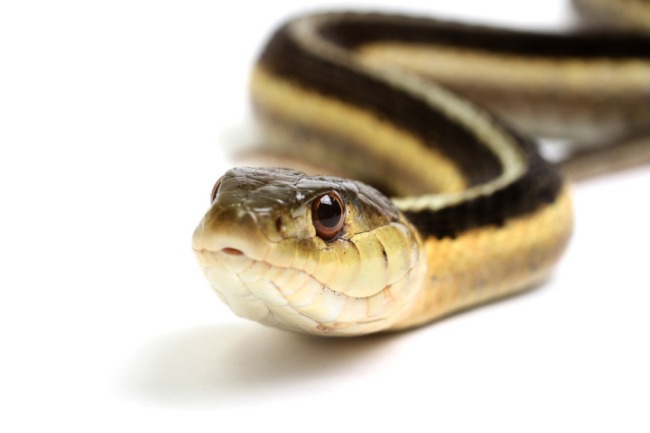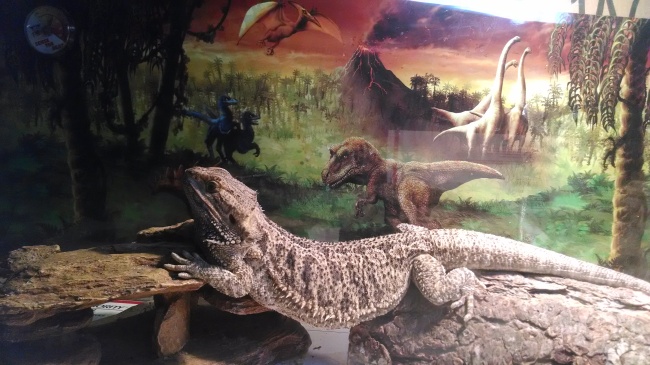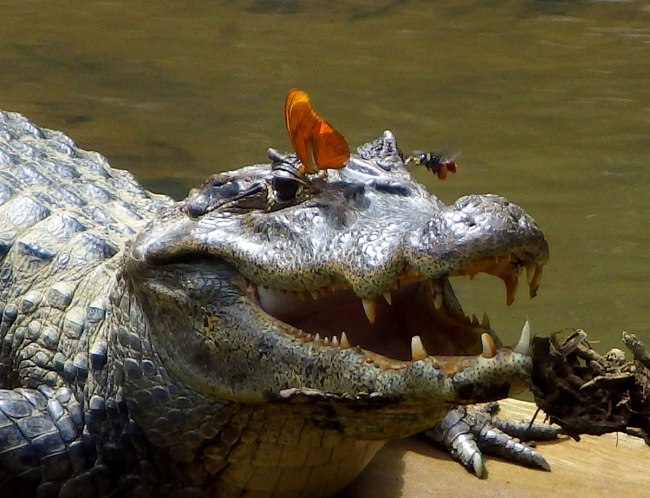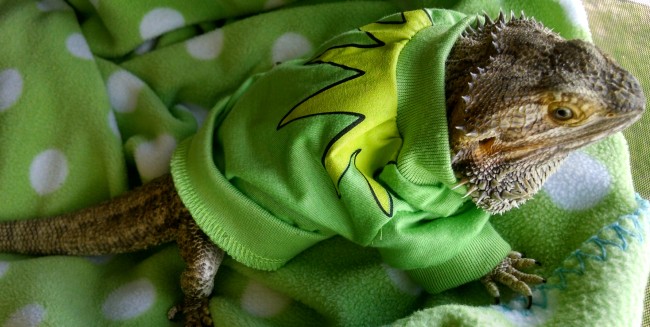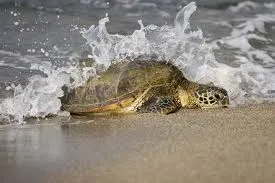I have not posted anything in a while (sorry!), but I figured I should share this story because it involves one of my favorite reptiles and, although it involves one of my worst nightmares, it has a happy ending. This will probably be the only article I write that could be classified under the category of crimes against lizards, but the dangers and message of the story should serve as a reminder to all pet owners of who you should and should not trust with your beloved pets.
A woman in Alhambra, CA was going on a vacation and needed to board her 7-year-old bearded dragon, Ganga, while she was gone. Being that she had been a patron of her local pet store for over twenty years, the woman decided to leave her beardie under the care of the pet store owners until she returned from her trip. The vacationing woman called the pet store to check on her bearded dragon regularly and the day before she was due to arrive back in Alhambra, she was advised that Ganga had been stolen while one of the store clerks was cleaning out his cage.
The article goes on to state that the pet store did not think to file a police report and had not planned on reaching out to the owner to let her know what happened; the only redeeming news that the pet store could eventually provide was that they had the crime on tape and knew that the man who took Ganga also bought two hamsters that day. The Alhambra police released a public statement asking the public to help locate the missing lizard (http://ktla.com/2014/06/22/publics-help-sought-in-finding-bearded-dragon-stolen-in-alhambra/) and, amazingly, they were fruitful in their efforts and found little Ganga. The thief was not arrested and was only charged with a misdemeanor while Ganga was returned to her owner, malnourished and with a tail that had been burnt, allegedly, by the criminal.
Oh, the horror! This situation would rank as one of my highest fears in life because of how much my Kermit means to me. I couldn’t even imagine the amount of sadness and worry that this woman went through while the authorities were trying to find her beardie. It is fortunate that this story had a happy ending and that Ganga was returned home, but it is also a reminder that even if a person or establishment seems reputable, they may not watch over your pet as carefully as they should. A few years ago, I went on a trip and had actually looked into finding a place to board Kermit while I was gone; it was nearly impossible. I finally found a dog kennel that was willing to house Kermit if I provided them with detailed instructions for how to care for him and paid a steep boarding fee (nearly double what it would cost to board a dog). Luckily, I ended up finding someone at the last minute and avoided paying a small fortune to have my lizard looked after in questionable conditions. If I had boarded Kermit, and by some horrific turn of events he was kidnapped, I would be completely devastated, as I am sure most pet owners would be.
Another notable piece of information that I found disturbing in this article is that the kidnapper was not arrested, even though he stole and burnt the lizard. I will not get into detail about how I feel regarding the lenient laws against people who hurt animals (and children), but I am sure you can gather some hints from reading my posts.It made me really happy, though, to see that the police issued a statement asking for the general public to help find the missing lizard because it assures me that there are people out there who take reptiles seriously and who understand that they are lovable creatures.

